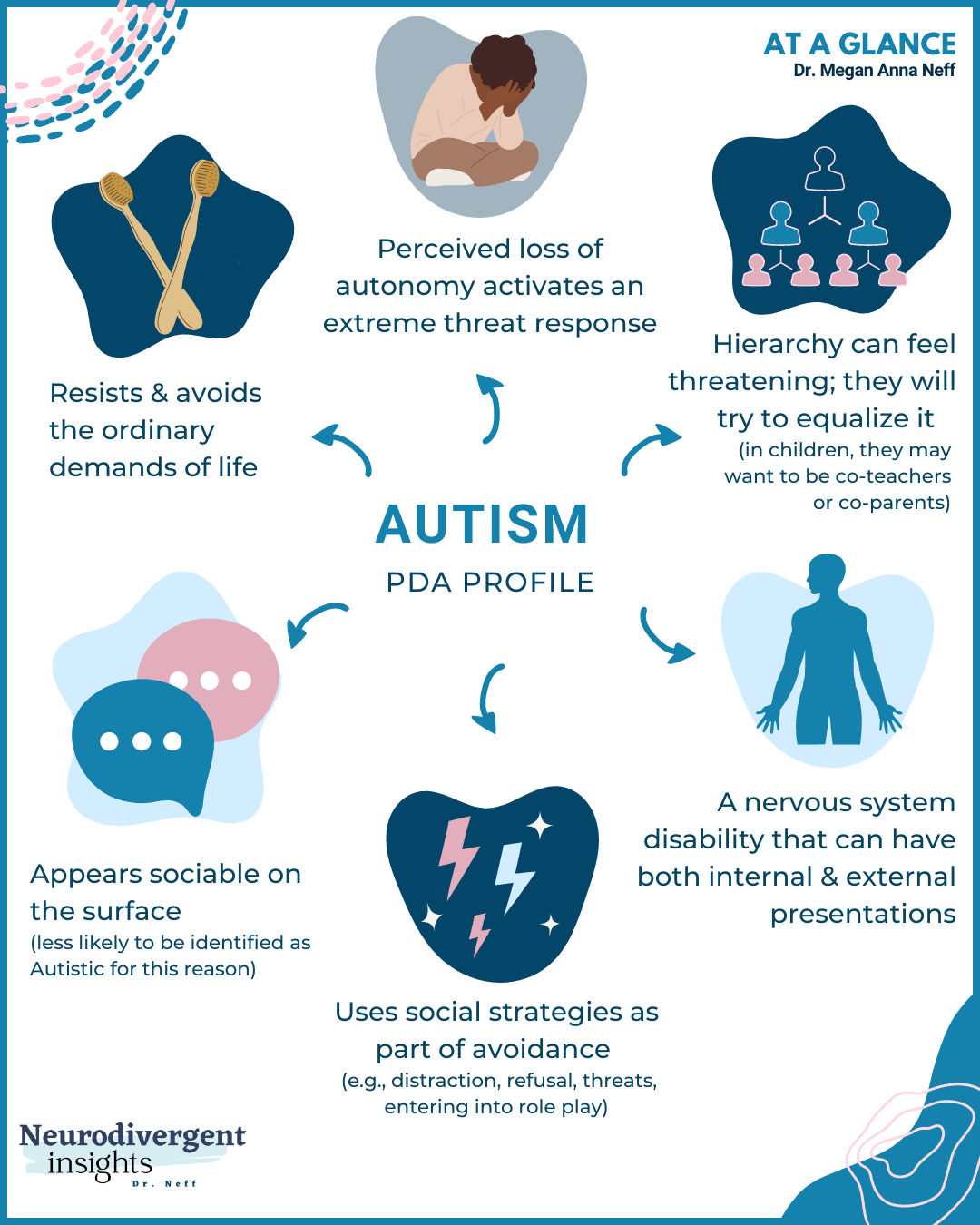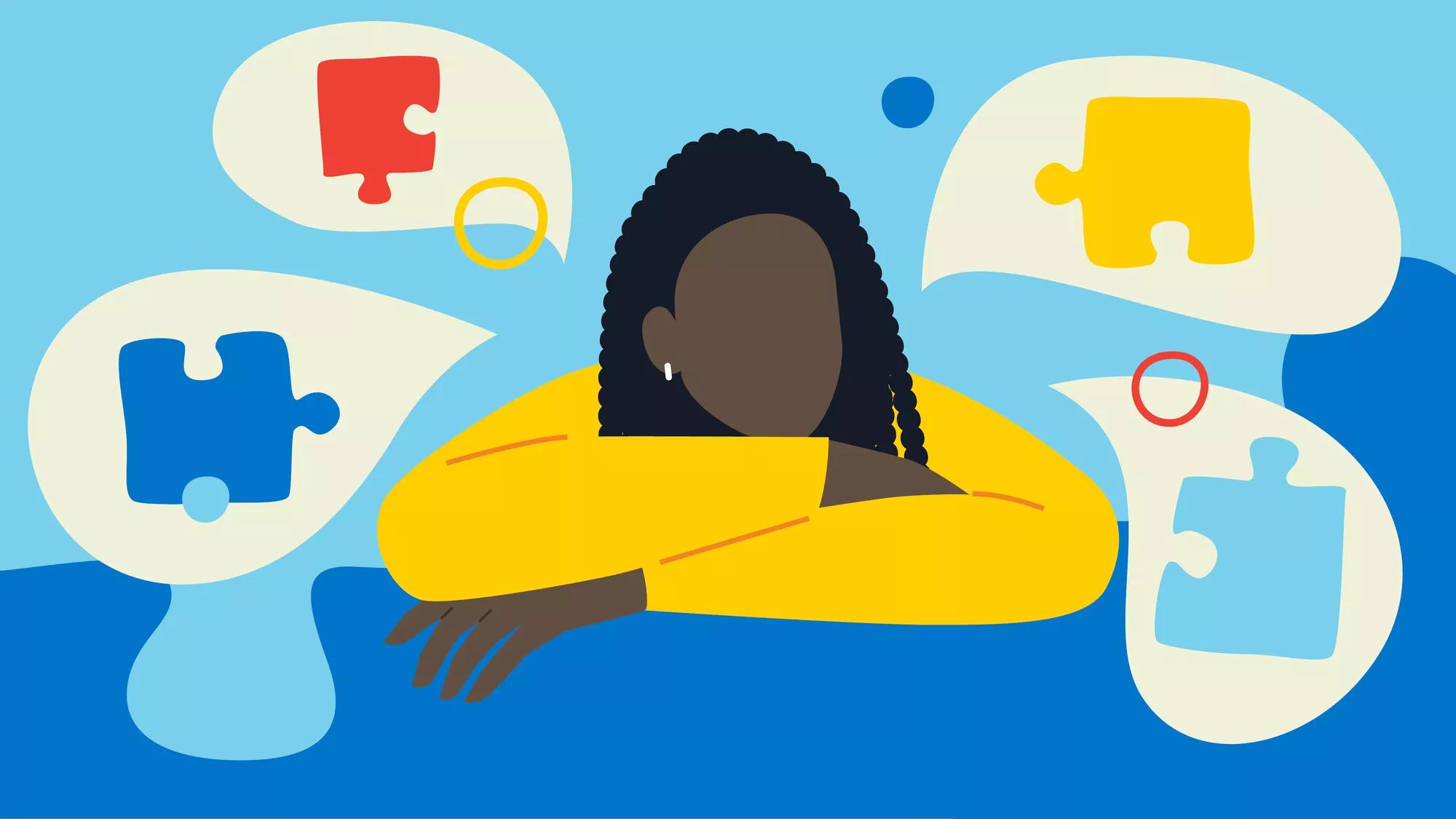Just How to Connect Properly with Enjoyed Ones on the Autism Range
Understanding Autism: A Comprehensive Overview to Signs and indicators
Autism Spectrum Disorder (ASD) incorporates a wide range of characteristics that can considerably affect an individual's social interactions and day-to-day functioning. Recognizing these subtleties not just aids caregivers and teachers in supplying appropriate support yet also fosters a more comprehensive environment for people with ASD.
Introduction of Autism Range Disorder
Defining Autism Range Condition (ASD) includes recognizing it as a complicated neurodevelopmental condition defined by a series of difficulties in social interaction, interaction, and behavioral patterns. The term "spectrum" shows the vast variability in signs and their extent, which can vary substantially from one person to another. ASD commonly materializes in very early childhood years, although some people might not receive a diagnosis up until later in life.
Variables influencing the growth of ASD consist of environmental factors and hereditary tendencies, although the exact reasons stay under examination. Medical diagnosis frequently counts on behavior analyses, as there are no clear-cut clinical examinations for ASD. Early intervention is crucial and can substantially boost outcomes, concentrating on improving interaction abilities, social interactions, and flexible habits.
Individuals with ASD may likewise display distinct strengths, such as remarkable attention to information or specific locations of knowledge. Understanding the multifaceted nature of ASD is necessary for fostering a comprehensive environment that suits neurodiversity. Continued research study is crucial for creating efficient treatments and support group, making it possible for individuals with ASD to flourish and meet their potential within society.
Usual Indications of Autism
Recognizing the common signs of Autism Spectrum Disorder (ASD) is essential for very early identification and treatment. These indicators can differ widely in severity and presentation, but specific qualities are often observed in individuals with ASD.
Among the most common signs is a marked difficulty in preserving and establishing eye get in touch with. People may likewise display restricted passion in social interactions and reveal a choice for singular play. Repeated behaviors, such as hand-flapping, rocking, or spinning items, frequently arise early in childhood years. Furthermore, some children might develop strict regimens and come to be troubled if these routines are disrupted.
Sensory level of sensitivities are additionally usual; people might panic or underreact to sensory stimuli, such as appearances, lights, or sounds. autism. Language advancement can be irregular, with some kids showing delayed speech or utilizing language in unusual methods, consisting of echolalia-- duplicating expressions or sentences heard elsewhere
It is necessary to note that not every person with ASD will show all these indicators, and the degree of these behaviors can vary considerably. Early acknowledgment permits timely assistance and sources, enhancing the quality of life for those on the spectrum.
Social Interaction Obstacles
Social communication obstacles are a characteristic of Autism Range Condition (ASD), affecting an individual's capability to involve successfully with others. These problems can manifest in different ways, consisting of obstacles in initiating and keeping discussions, comprehending social hints, and responding appropriately in social interactions.
People with ASD may deal with nonverbal interaction, such as eye contact, facial expressions, and body movement. This can result in misconceptions, as their communicative intent may not be properly analyzed by others. They may find it difficult to comprehend the nuances of tone and context, which are essential for efficient communication.
In team settings, individuals with ASD may really feel overloaded and might not know just how to join in discussions (autism). They could also display atypical conversational patterns, such as monologuing regarding specific passions without identifying social reciprocity
Additionally, these challenges can cause social seclusion or troubles in forming connections, as peers might misunderstand their habits or communication style. Recognizing these social interaction challenges is essential for fostering helpful environments that promote social skills development and boost the top quality of interactions for people on the autism spectrum.
Sensory Sensitivities and Reactions
Lots of individuals with Autism Spectrum Problem (ASD) experience increased sensory sensitivities that can dramatically influence their everyday lives. An individual with ASD may find everyday sounds, such as a vacuum cleanser or crowded environments, extremely upsetting, leading to stress and anxiety or meltdowns.
Sensory handling differences in individuals with ASD can additionally impact their capability to engage in routine tasks and social interactions. As an example, a child that is delicate to touch might withstand physical affection or avoid specific clothing textiles. Conversely, a preference for certain structures or preferences can restrict dietary choices and create challenges during nourishments.
Recognizing these sensory level of sensitivities is important for recognizing the unique experiences of individuals with ASD. Awareness of their sensory profiles can promote better communication and support strategies, producing an atmosphere that fits their requirements and improves their quality of life. Eventually, acknowledging sensory level of sensitivities is a vital element of understanding the broader spectrum of autism.

Supporting People With Autism
Reliable assistance for people with Autism Range Condition (ASD) is important for enhancing their total health and cultivating freedom. Assistance view techniques need to be customized navigate to this site to satisfy the special requirements of each individual, considering their difficulties and toughness.

Social skills training can likewise play a critical function. autism. Involving people in team tasks or role-playing scenarios can improve their capability to browse social communications. Furthermore, it is necessary to educate family participants, caretakers, and peers regarding ASD to cultivate a comprehensive and helpful neighborhood
Verdict
By cultivating enhanced communication and social abilities, individuals with autism can browse their atmospheres extra effectively. Inevitably, enhanced recognition and support can significantly enhance the high quality of life for those affected by ASD.
Autism Range Problem (ASD) encompasses a large array of qualities that can dramatically impact an individual's social communications and everyday functioning.People with ASD might struggle with nonverbal communication, such as eye call, face expressions, and body language.Many people with Autism Range Problem (ASD) experience heightened sensory sensitivities that can dramatically impact their everyday lives.Sensory processing differences in individuals with ASD can likewise affect their capacity to involve in regular activities and social interactions.Understanding these sensory level of sensitivities is vital for acknowledging the special experiences of visit the site individuals with ASD.